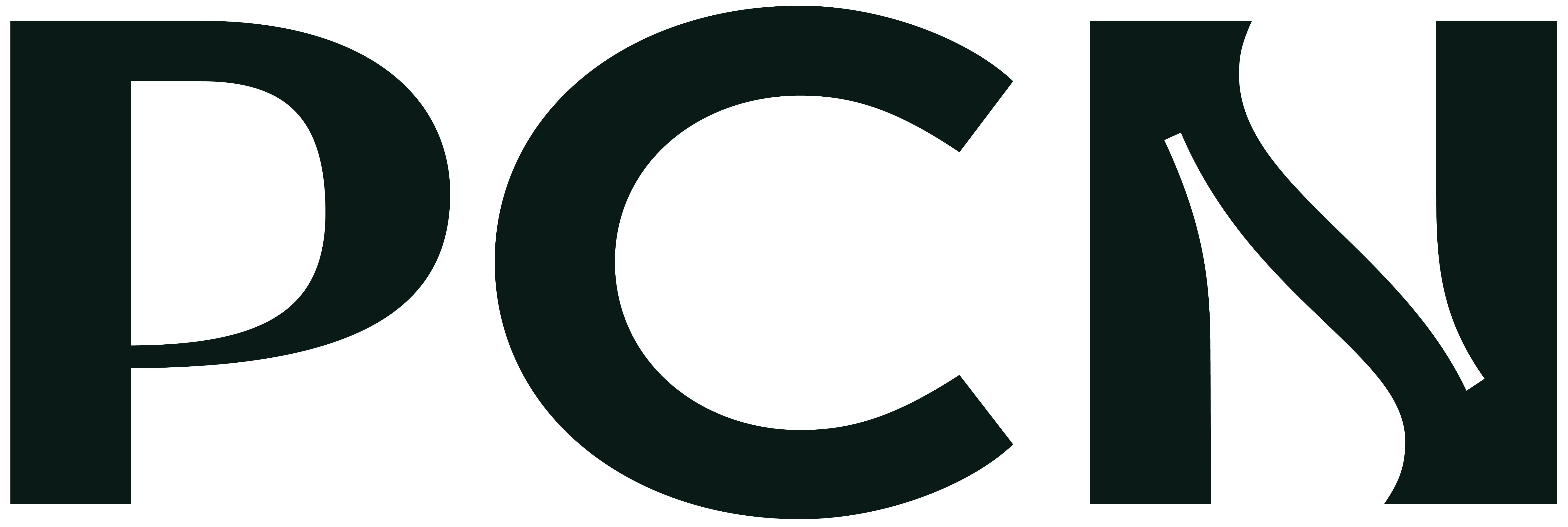A recent report from Accenture has recommended that business leaders aim to embed internal collaboration within their company strategy.
From a CIO and chief technology officer (CTO) perspective, the research points to a clear link between new technology deployments that work seamlessly together and business success.
Successful businesses have cracked internal collaboration, according to Accenture. They also use applications that can share data
When executed effectively, greater collaboration across functional boundaries can not only reduce waste and costs, but also earn measurable financial returns, Accenture wrote in its Together makes better report.
The global research, based on publicly reported financial information as well as a survey of 1,550 senior executives, identified just over a fifth of organisations (22%) which demonstrated effective use of internal collaboration efforts to drive digitisation. According to Accenture’s research, between 2017 and 2019, these so-called “champions” achieved significantly better financial results from digitising their business functions.
Revenue growth arising from digital projects was 27%, even though they invested only 1.5 times more in digital projects than those organisations with less advanced internal collaboration efforts.
In the UK Accenture found that 77% of executives believe their departments are competing rather than collaborating (75% globally). Whilst global businesses on average expect digital functions to add 11.3% to annual revenues, in the UK expectations are significantly lower at 5.6%. The study also found that 62% of executives admitted that their digital investments had not boosted revenue growth.
Accenture reported that 82% percent of the organisations it identified as collaboration champions have one C-suite executive who drives digital transformation and is responsible for its success in each function. Accenture recommended that if there is one leader in charge of digitising operations, then that person should also be given the responsibility to affect the organisational changes required to get the most out of the company’s digital investments.
Digital twins
Shipbuilder Navantia is one of Accenture’s customers to have seen its business improve thanks to collaboration efforts. The company has used digital twins to simulate its main products and has worked to digitally connect its entire value chain, the company’s CTO, Donato Martínez said.
Another organisation featured in the research is construction equipment business, Caterpillar. In the report, Accenture noted that the company’s Cat Digital, digitisation effort, succeeded because of collaboration – internally across all functions and with external technology partners.
Accenture said that Caterpillar created roles across the entire organisation and rolled out new internal business structures and units. It also launched a brand-new ecosystem of strategic alliances and external technology partnerships.
Accenture’s study also found that the collaboration champions know how to harmonise different technology platforms in the cloud, ensuring that they work together seamlessly toward mutual outcomes.
“They are more likely to have their digital platforms work and communicate well together. In doing so, individual functions are empowered to collaborate virtually and to continuously access and exchange data-driven insights about their customers, market conditions and operations,” Accenture noted.
Nigel Stacey, managing director and global lead for Accenture Industry X.0, said: “As companies have grown, they have developed silos – centralised functions and divisions that often focus primarily on their internal needs and inhibit collaboration as a result. Now that the crisis is speeding up digital transformation, this old ‘walled garden’ problem is rearing its head again. It isn’t just preventing companies from digitising their businesses as a whole but putting them at risk of slower recovery and stunted growth.”
As the Accenture study found, the businesses that seem to do well out of digitisation efforts are the ones that have overcome silos – both in terms of inter departmental cooperation and across data silos.
Broken enterprise IT
In the past, ERP providers positioned themselves as providers of software to run business processes. The pitch was that a fully integrated ERP could offer organisations the main applications they needed to support business operations based on a central data store and joined up business processes. If this was truly the case, then there would be little need for digitisation and digital transformation, which are needed because business processes do not seamlessly link together and business data is not shared effectively across the organisation.
Enterprise software providers now appear to be building out competing platforms with apps marketplaces to enable third parties to develop and sell add-on software. For instance, Equity research from financial services business, Jefferies Group, recently noted that SAP is offering the SAP Cloud Platform, which can be utilised to build either extensions to or applications that integrate with SAP enterprise software.
“SAP is aiming to enable customers to build customisations without modifying the core SAP solutions, which in turn should enable SAP to more rapidly roll out updates to existing applications (solving one of the on-premise pain points where customers frequently customised applications).
“SAP is also launching a new industry cloud, which will offer industry specific cloud native applications built on SAP’s platform – in some cases SAP will offer the applications, in other cases SAP will enter partnerships, however all applications will be required to be developed on SAP’s platform,” wrote equity analysts Julian Serafini and Paul Kratzto and equity associate Annick Baumann.
Whether a company uses a major ERP provider or buys a best of breed product, sharing data between systems is critical to the success of digital transformation initiatives. For instance, Covestro, a German specialty chemicals company, featured in the Accenture report, has developed an Optimized System Integration (OSI2020) platform.
This replaces a number of disparate systems, with a single integrated, cloud-based platform for data and applications. According to Accenture, with this new cohesive system in place, Covestro’s plant facility engineering, operations and manufacturing functions are safer, more reliable and more efficient.
Author: Cliff Saran
Source: https://www.computerweekly.com/news/252484796/Why-cross-business-collaboration-needs-data-bridges

